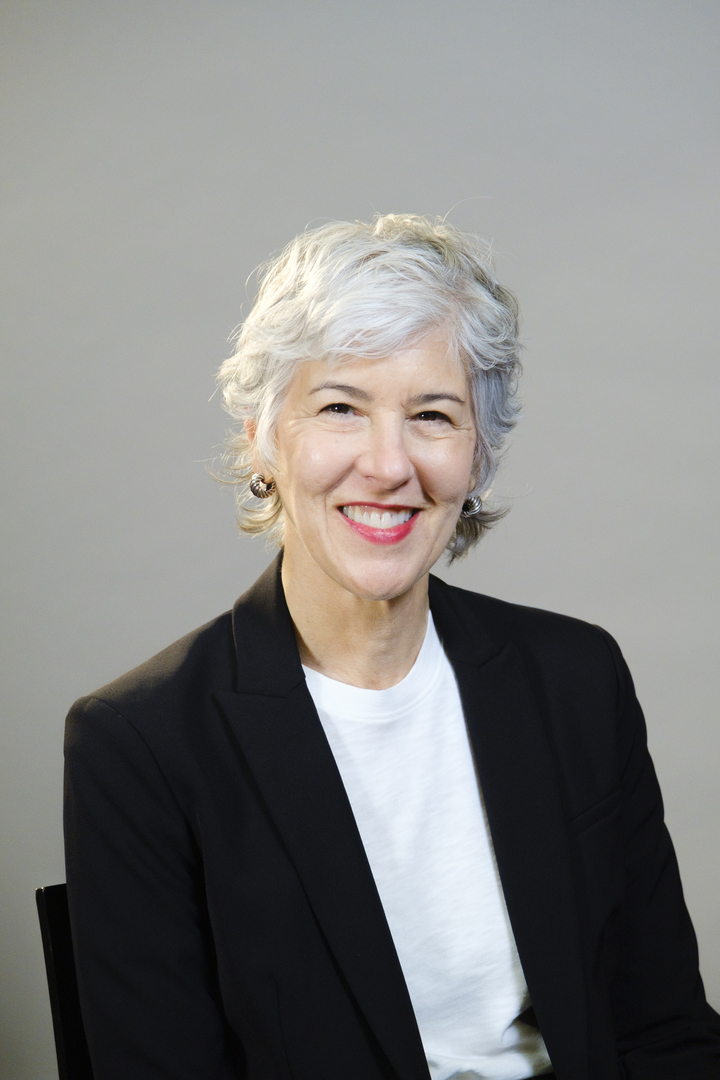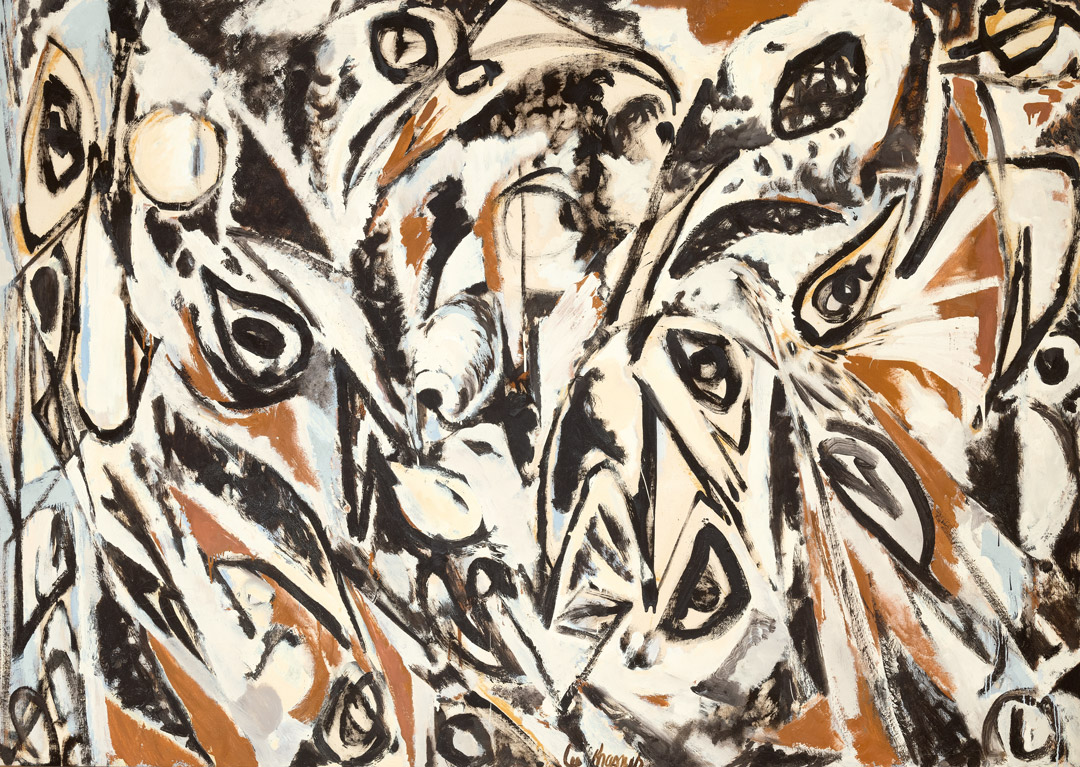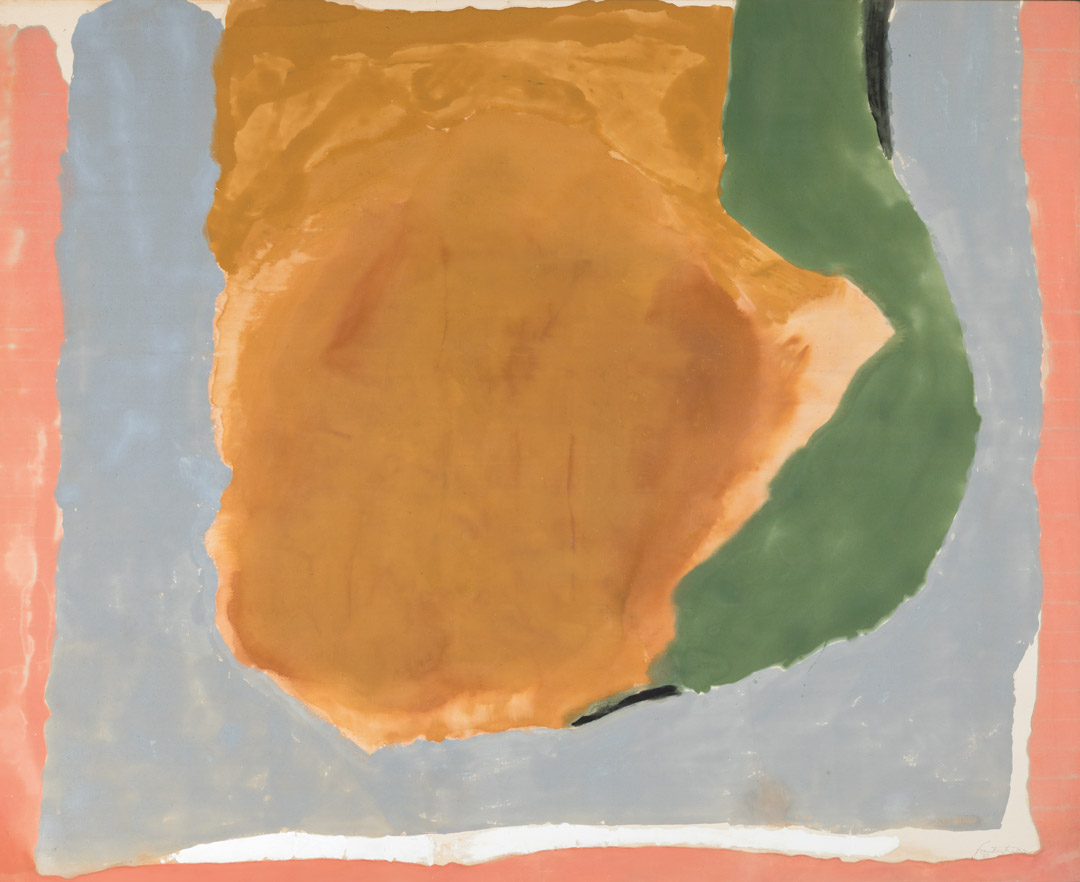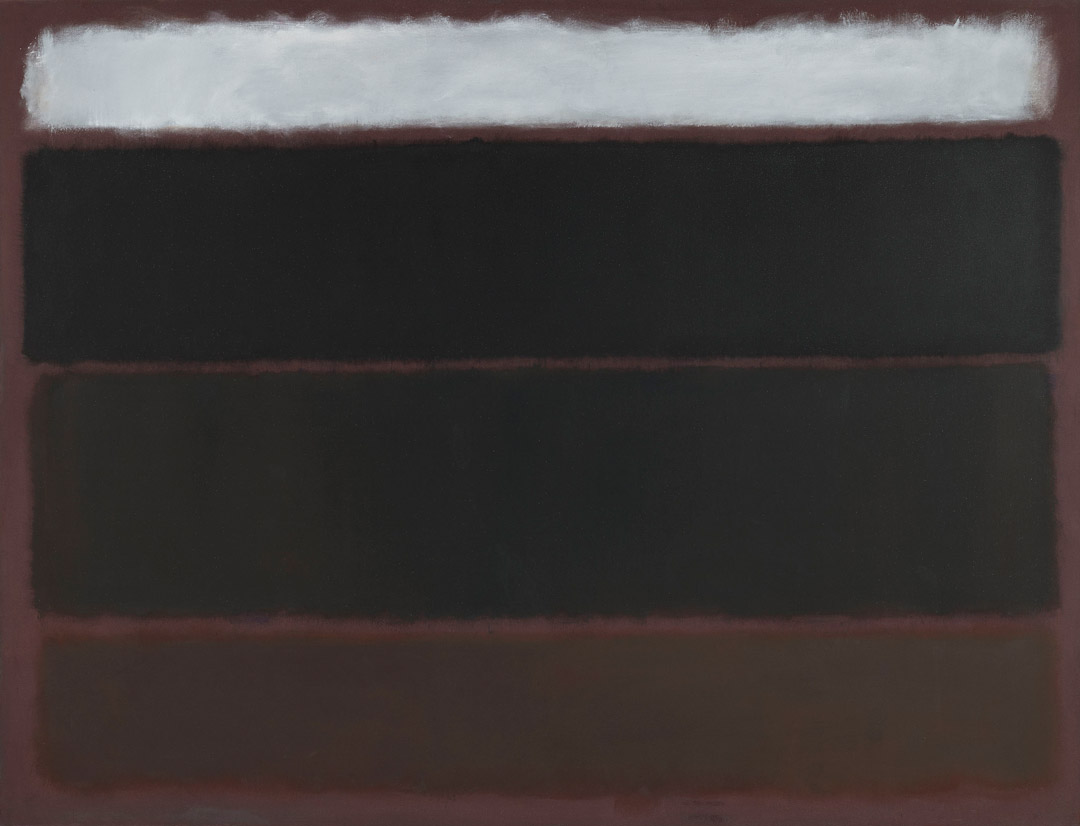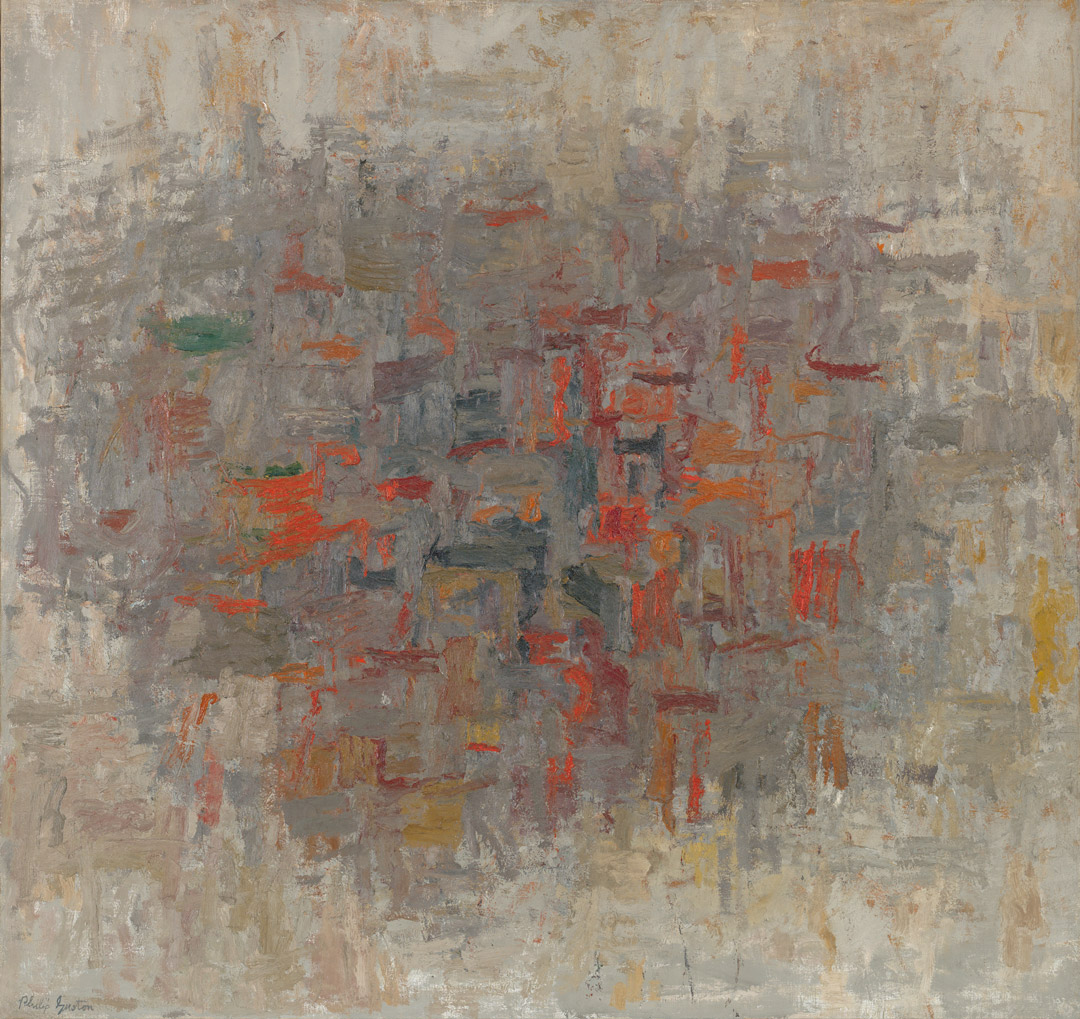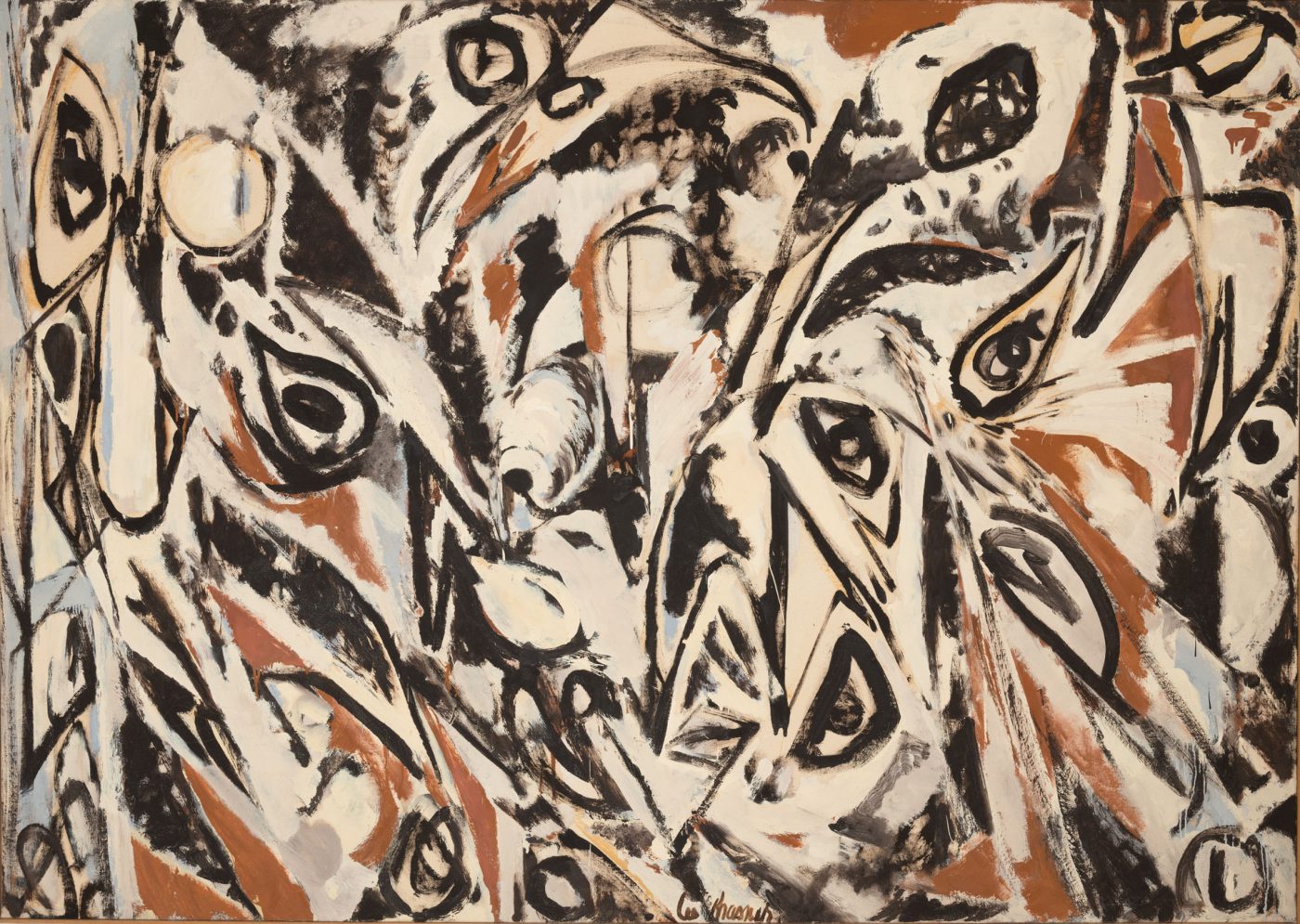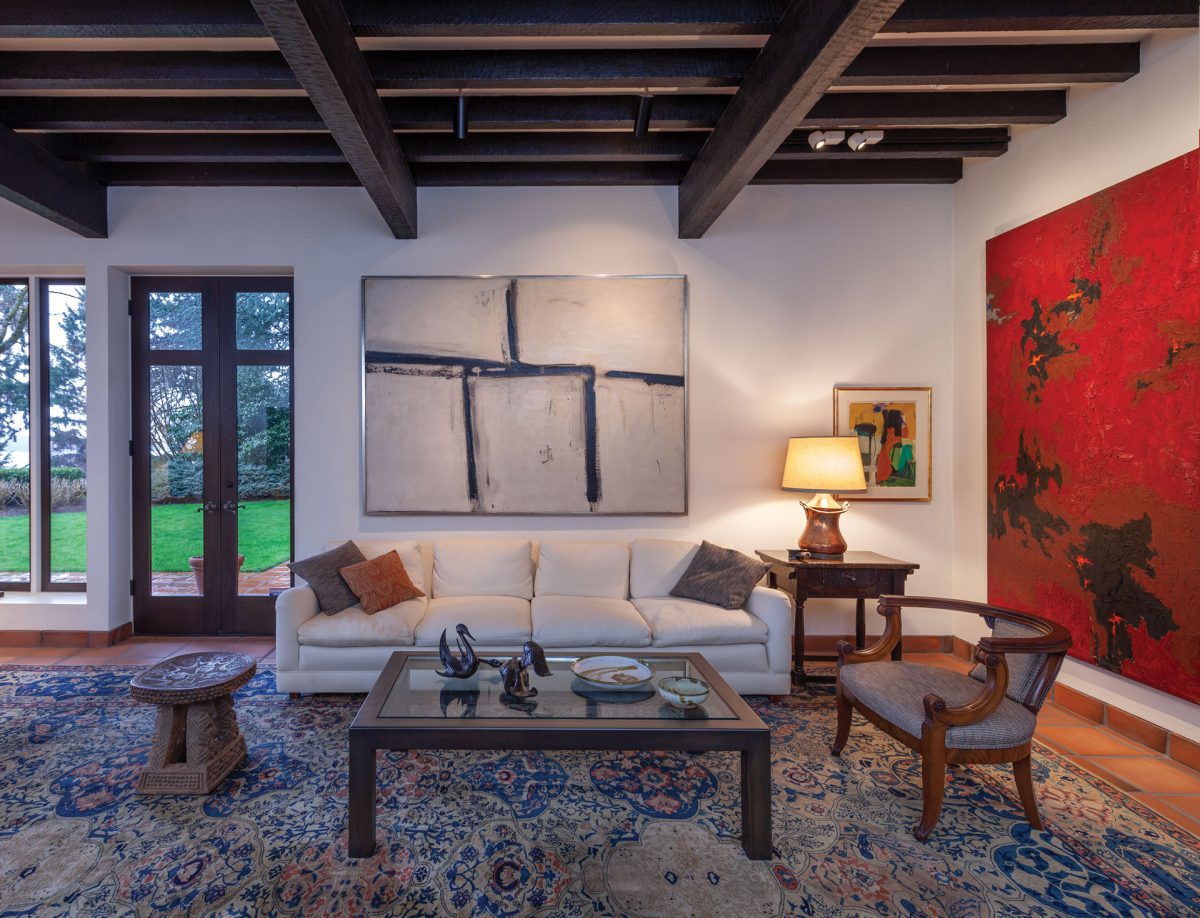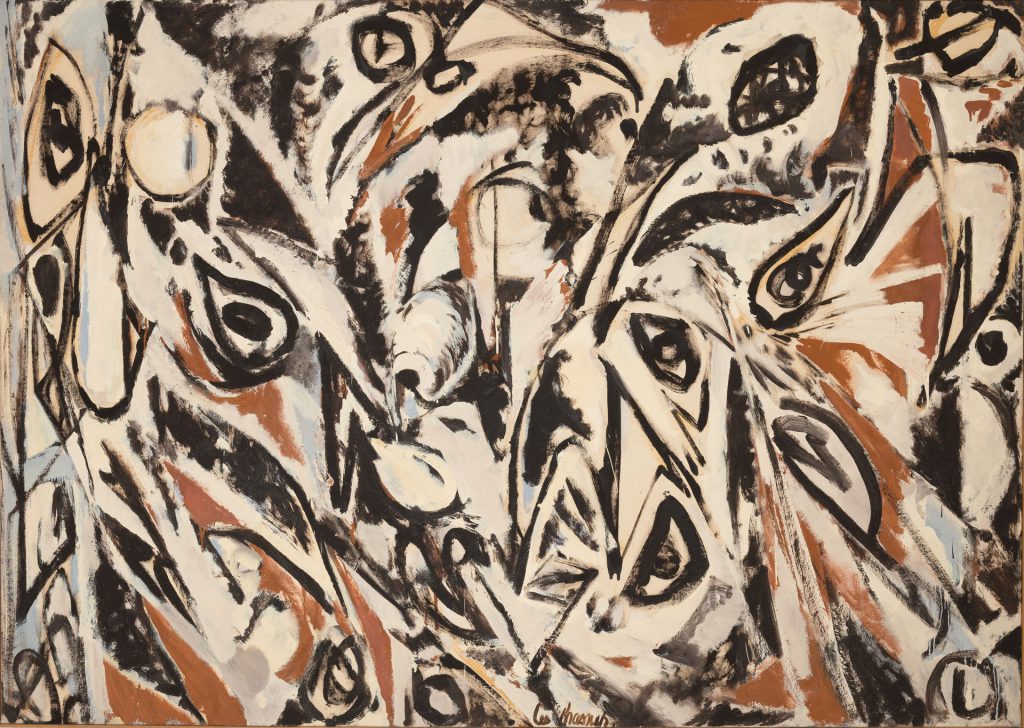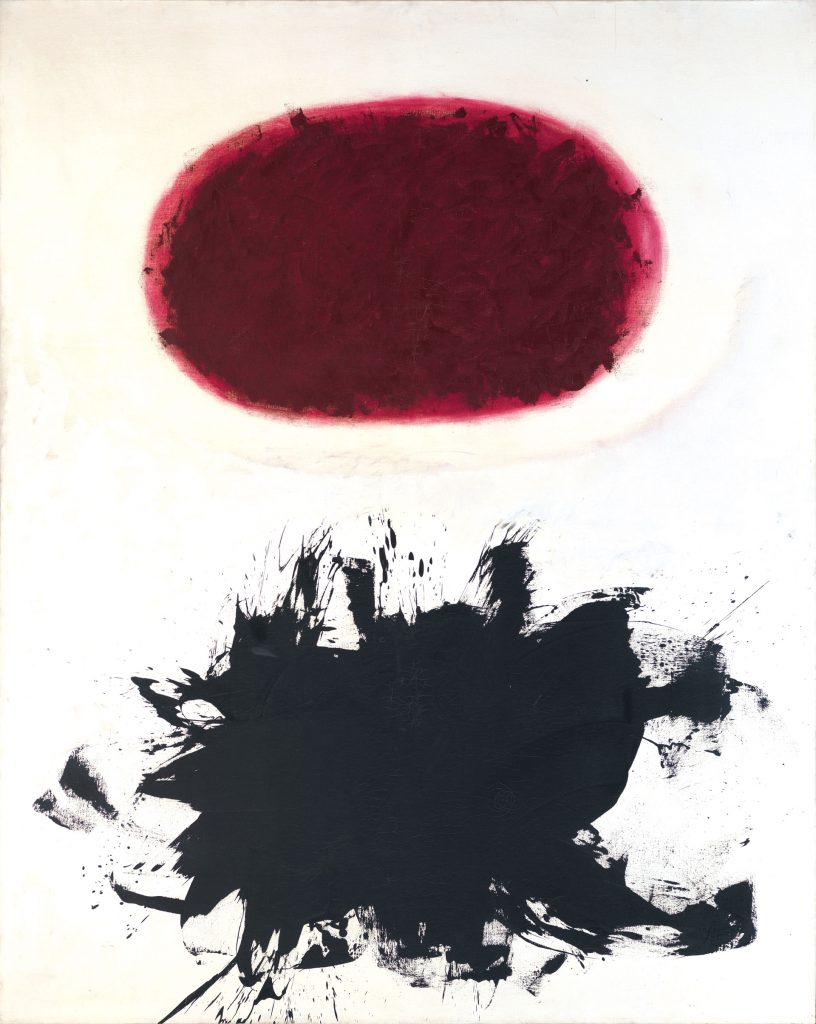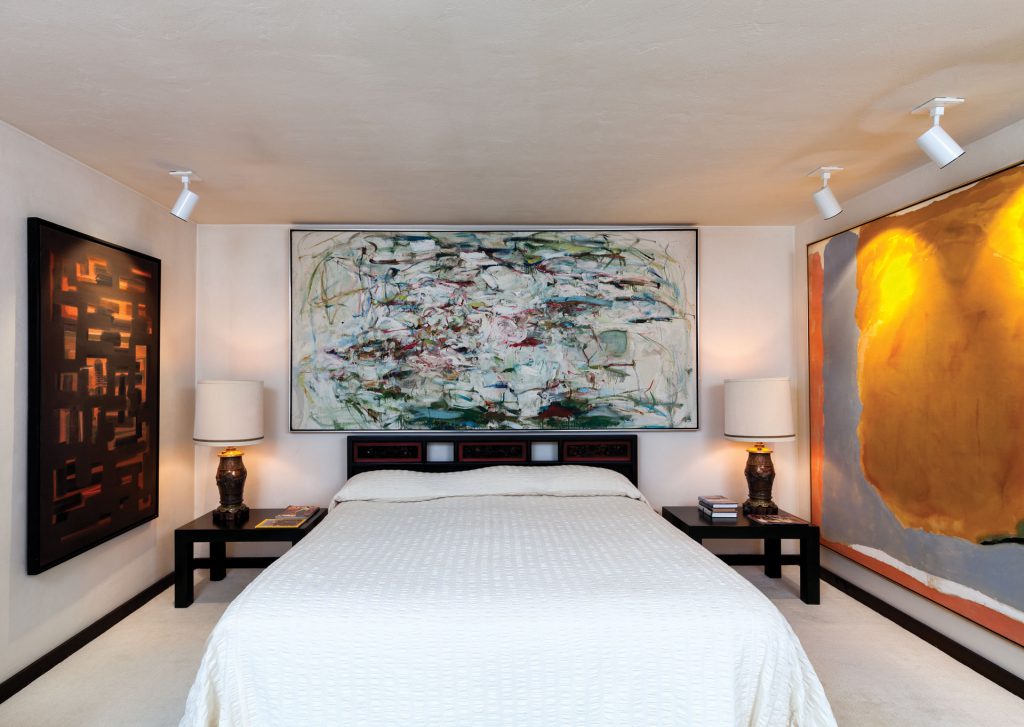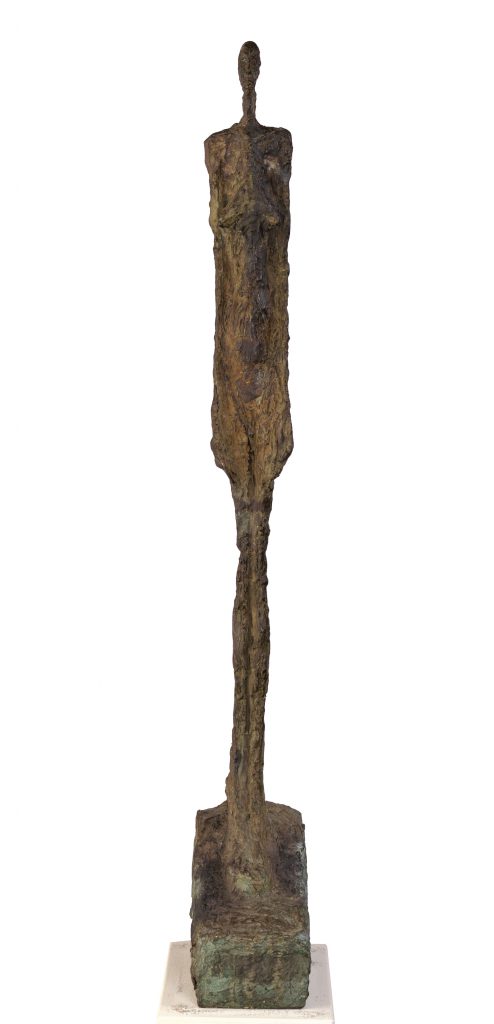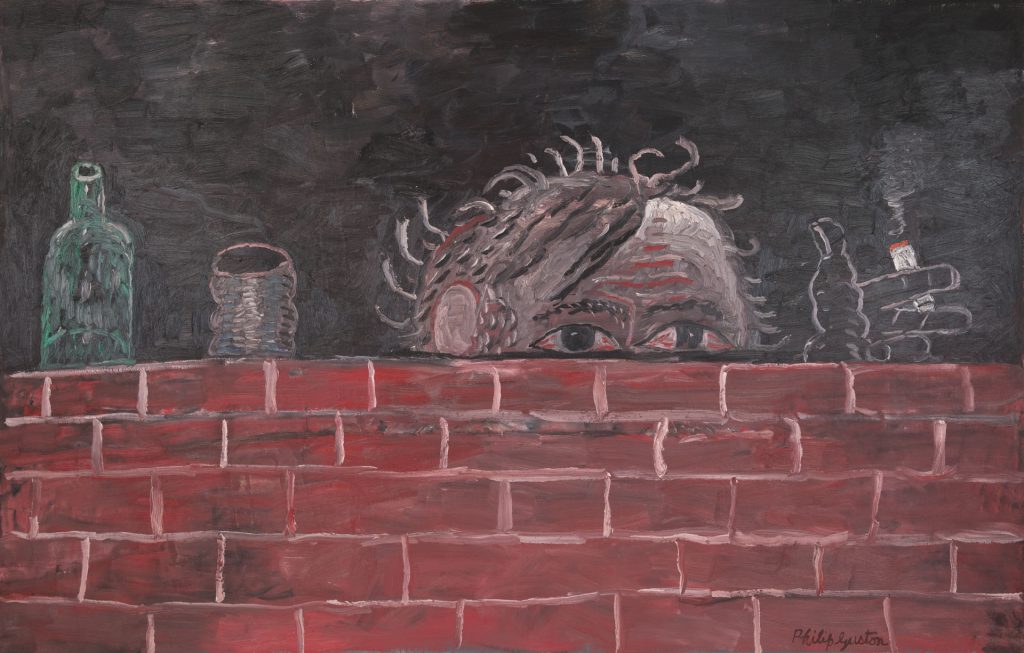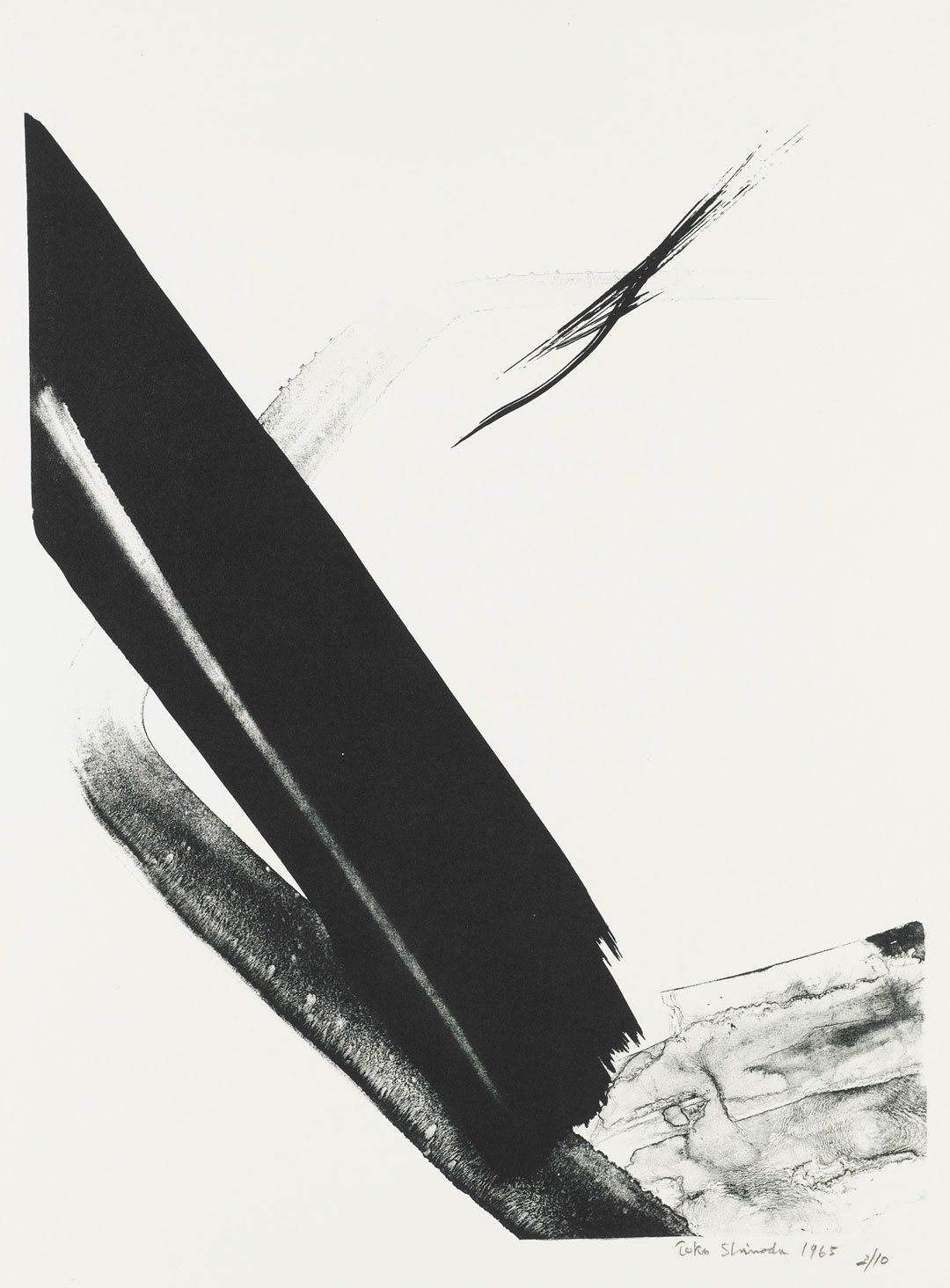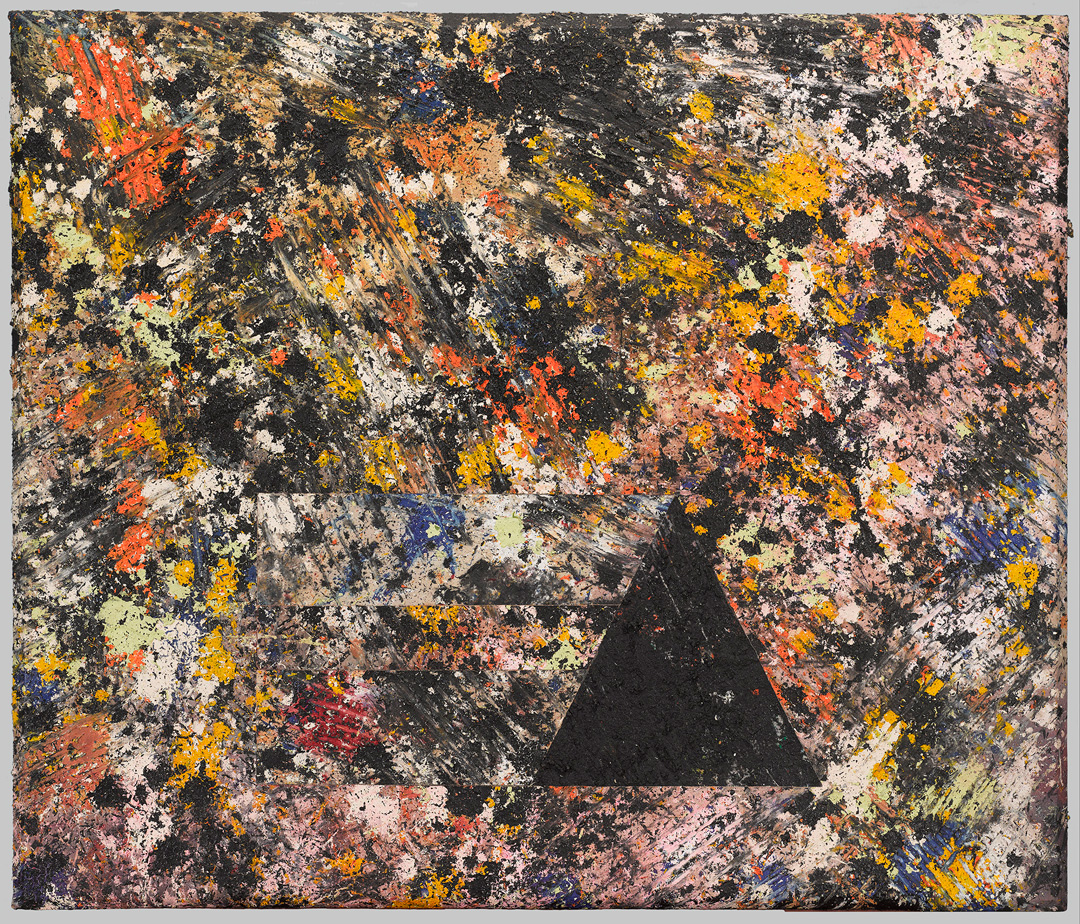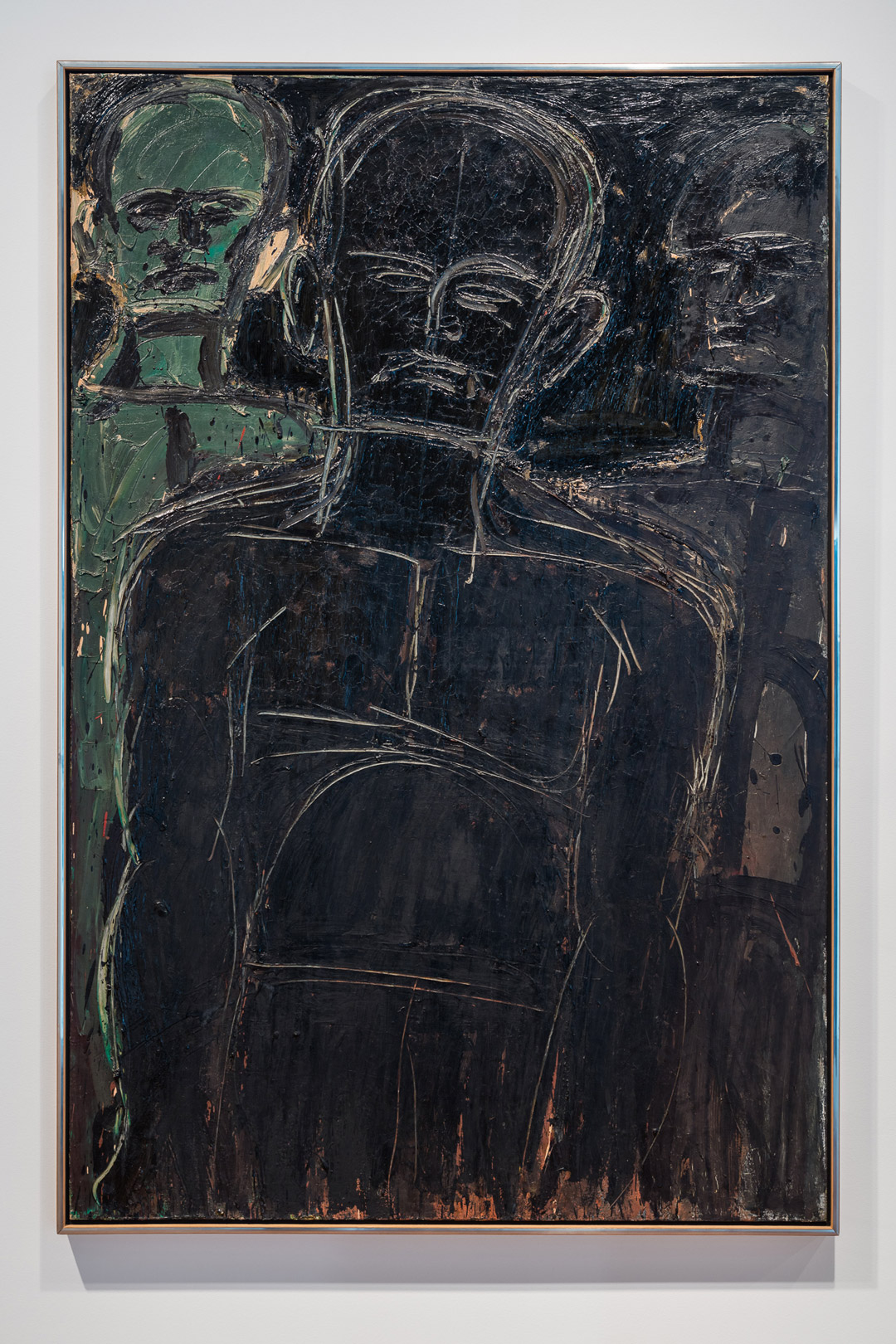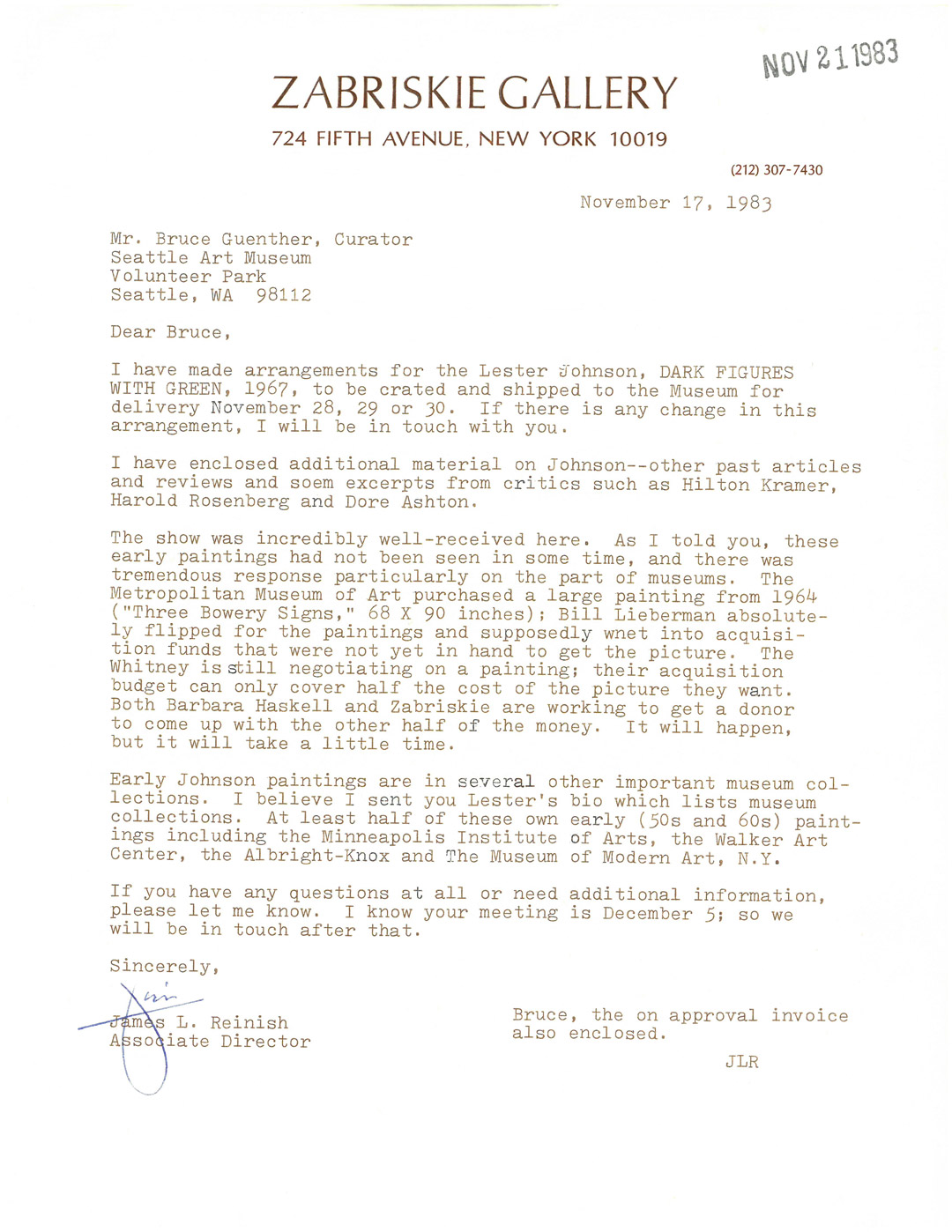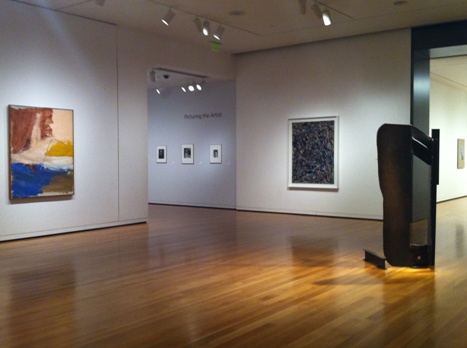SAM Leadership Update: Thank You, Amada
With deep gratitude and sincere appreciation, we bid farewell to Amada Cruz, SAM Illsley Ball Nordstrom Director and CEO, after four years of leadership at the museum.
Amada joined SAM in September 2019 and led the museum through what may be one of the most challenging periods in its 90 year history: the global COVID-19 pandemic and sudden closure of its three sites. Thanks to her tenacious leadership throughout this time the museum prioritized supporting its staff and created online experiences for the communities it serves to continue to engage with the museum. As the pandemic abated, her focus shifted to carefully reopen its sites to the public while maximizing the safety of both staff and visitors. SAM came through it stronger, with steady financial recovery, the return of audiences to its galleries and programs, and a renewed commitment to its mission to connect art to life.
Although the global pandemic was the undercurrent during much of Amada’s time at SAM, it did not define her tenure. During these unprecedented and complicated times, her achievements have been many. Under her leadership the museum ushered in many significant new initiatives and reached milestone moments including:
- In July 2020, the museum created a board-staff Equity Task Force to respond to the urgency of the moment and align around support for Black lives. This task force worked to establish a set of priorities across all departments and build a roadmap for the museum to be more equitable, diverse, and inclusive museum. In 2021, that task force became a board committee to shepherd these ongoing efforts.
- In August 2020, SAM’s first-ever Director of Equity, Diversity, and Inclusion was identified. This executive role shapes the museum’s priorities, partnerships, communications strategies, and audience-engagement efforts to move SAM towards a more equitable future.
- SAM’s acquisitions strategy brought in even more works by Black, Indigenous, and artists of color as well as women into its global collection.
- The transformation of SAM’s American art galleries, funded primarily by a $1 million grant from The Mellon Foundation. An unprecedented collaboration among SAM curators and staff, artists, and advisors from the Seattle community, the project deepened the museum’s commitment to inclusive exhibition-planning practices and debuted as American Art: The Stories We Carry in October 2022.
- Two major collections of modern art and supporting funds came to the museum, transforming its already stellar holdings of modern art:
- The Friday Foundation, celebrating the legacy of Seattle philanthropists and collectors Richard E. Lang and Jane Lang Davis, gave 19 iconic works of Abstract Expressionist paintings and sculptures in 2021 as well as a total of $14.5 million to support various museum initiatives over the course of 2020-2021. The works went on view in 2021. The gift included the creation of The Richard E. Lang and Jane Lang Davis Acquisition Fund for Global Contemporary Art.
- And in April 2023, a gift of 48 major works by Alexander Calder was made by longtime museum supporters Jon and Kim Shirley. The gift of the Shirley Family Calder Collection is supported by a $10 million endowment and an annual financial commitment from the Shirley’s to support Calder-related exhibitions and research. The works will debut in November 2023 in Calder: In Motion, The Shirley Family Collection.
“The Board of Trustees want to express our sincere gratitude to Amada for her leadership at SAM,” says Board Chair Constance Rice. “Amada’s achievements have been many. In addition to steering SAM successfully through a global pandemic, the museum came through even stronger with spectacular exhibitions, landmark gifts of art and funding, and an expanded commitment to equity across the museum. SAM faces a bright future thanks to her leadership during these immensely difficult times.”
This fall, Amada takes the helm at the Santa Barbara Museum of Art (SBMA) as the Robert and Mercedes Eichholz Director and CEO where we know she will bring the same dedication and vision to SBMA that she did during her time at SAM.
Amada will continue at SAM in her current role through the first week of October providing museum leadership the time and opportunity to collaborate on a smooth transition plan.
Thank you, Amada, for your steadfast leadership of SAM the past four years. You are leaving SAM well positioned for a bright future. We wish you much success and fulfillment in Santa Barbara and know you will take SBMA to new heights like you did SAM.
… you will be missed!
Photo: Alborz Kamalizad.
